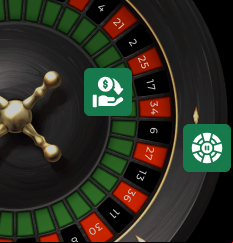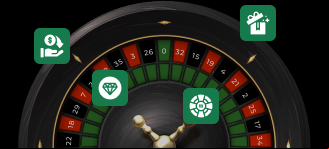How Does the Seven Corners System Work?
The Seven Corners strategy in roulette focuses on betting on the corners of the table. This approach doesn’t require any progressive betting, making it straightforward and easy to use. You simply choose a consistent amount—such as AUD 1 per corner—and stick to it throughout the session. Below are the specific corners where you place your bets:
- 0-3 corner
- 4-8 corner
- 11-15 corner
- 16-20 corner
- 23-27 corner
- 28-32 corner
- 32-36 corner
By covering 70.27% of the roulette table with this system, your chances of success increase. If you wager AUD 7 in total and win on one of the corners, you receive a payout of 8:1 for the winning bet. This gives you a net profit of AUD 2, as you win eight units and lose six on the other bets.
A unique aspect of this strategy is that corners 6 and 7 overlap at number 32. If the number 32 comes up, you will gain a net profit of AUD 11 because you win on two corners (AUD 16 in winnings minus AUD 5 in losses).
Challenges of the System
The main disadvantage of the Seven Corners System is that the returns are relatively low, and there is no progressive manner in betting. That means that once you encounter a series of losses, losing AUD 7 every round, it will take you more than a lifetime to recover this amount.
The lack of progression makes this system less effective. Trying to work a progressive system, such as the Martingale used by doubling after a loss, won't pay off here. For instance, if you lose AUD 7 in one round and then wager AUD 2 per corner in the next (totalling AUD 14), the net gain would only be AUD 4, which is insufficient to cover your earlier loss. A loss of AUD 7 would have to be recovered, and for this to take place when betting AUD 4 per corner in subsequent rounds, more risk would be assumed, with a full bet of AUD 28.












